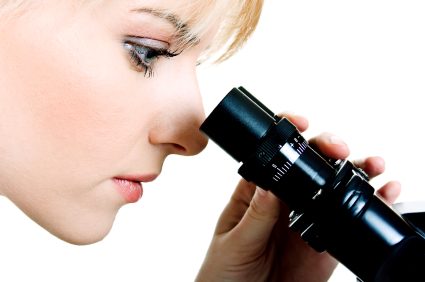In the latest issue of DermaScope Magazine, the highly controversial issue of indoor tanning is covered. Indoor (and outdoor for that matter!) tanning is an issue that we at Refresh Laser Spa feel extremely strongly about. We try our absolute hardest to educate all clients on the hazards and long-term repercussions of tanning beds.
The article begins, “Despite repeated warnings from dermatologists on the health dangers of tanning, results of a new survey by the American Academy of Dermatology (AAD) confirmed that a large percentage of Caucasian teen girls and young women admitted using tanning beds or intentionally tanning outdoors in the past year.
“Thirty-two percent of respondents had used a tanning bed in the past year, and of those respondents, one fourth used a tanning bed at lest weekly on average. An overwhelming majority (81%) of all respondents reported that they had tanned outdoors either frequently or occasionally in the past year.
“‘Our survey underscores the importance of educating young women about the very real risks of tanning, as melanoma- the deadliest form of skin cancer- is increasing faster in females 15 to 29 years old than in males of the same age group’, said dermatologist Ronald L. Moy, M.D., FAAD, president of the AAD. ‘In fact, most young women with melanoma are developing it on their torso, which may be the result of high-risk tanning behaviors such as indoor tanning. In my practice, I have had patients- young women with a history using tanning beds- who have died from melanoma.’
“Despite claims by the tanning industry to the contrary, indoor tanning is so dangerous that the U.S. Department of Health and Human Services and the World Health Organization’s International Agency of Research on Cancer panel have declared ultraviolet (UV) radiation from the sun and artificial light sources- such as tanning beds and sun lamps- as known carcinogen. Studies show indoor tanning increases a person’s risk of melanoma by 75 %.
“When survey results were analyzed by age, significant differences were noted by respondents who reported using indoor tanning. Specifically, 18-22 year olds were almost twice as likely to have indoor tanned (40%) when compared to 14-17 year olds (22%).
Although spray tans are considered a safe alternative to UV exposure from the sun and indoor tanning beds, the majority of respondents (86%) indicated they never received a spray tan in the past year.
“‘Exposure to UV radiation is the leading risk factor for skin cancer, yet- despite this knowledge- droves of teens and young women are flocking to tanning bed facilities and beaches or pools to tan every year,’ said Moy. ‘The challenge is that teens have access to indoor tanning salons on almost every corner. A recent survey of 116 U.S. cities found an average of 42 tanning salons per city, which means tanning salons are prevalent than Starbucks or McDonalds. We are very concerned that this tanning behavior will lead to a continued increase in the incidence of skin cancer in young people and ultimately more untimely deaths from this devastating disease.’
“At current rates, one in five Americans will develop skin cancer in their lifetime. Approximately 75% of skin cancer deaths are from melanoma, and the incidence of melanoma has been rising for at least 30 years- particularly among young, white women in most recent years.”
Here at Refresh, we have our FAVORITE lady who does all of our spray tans and she is MOBILE!
For only about $25 per session, Jacquie will come to you and leave you golden, glowing, and ready for the beach.
And guess what?
It is the only safe way to tan and it’s in the comfort of your own home!!!
Sol Beautiful Mobile Air Brush Tanning
Jacquie Palisi
303-619-7107

